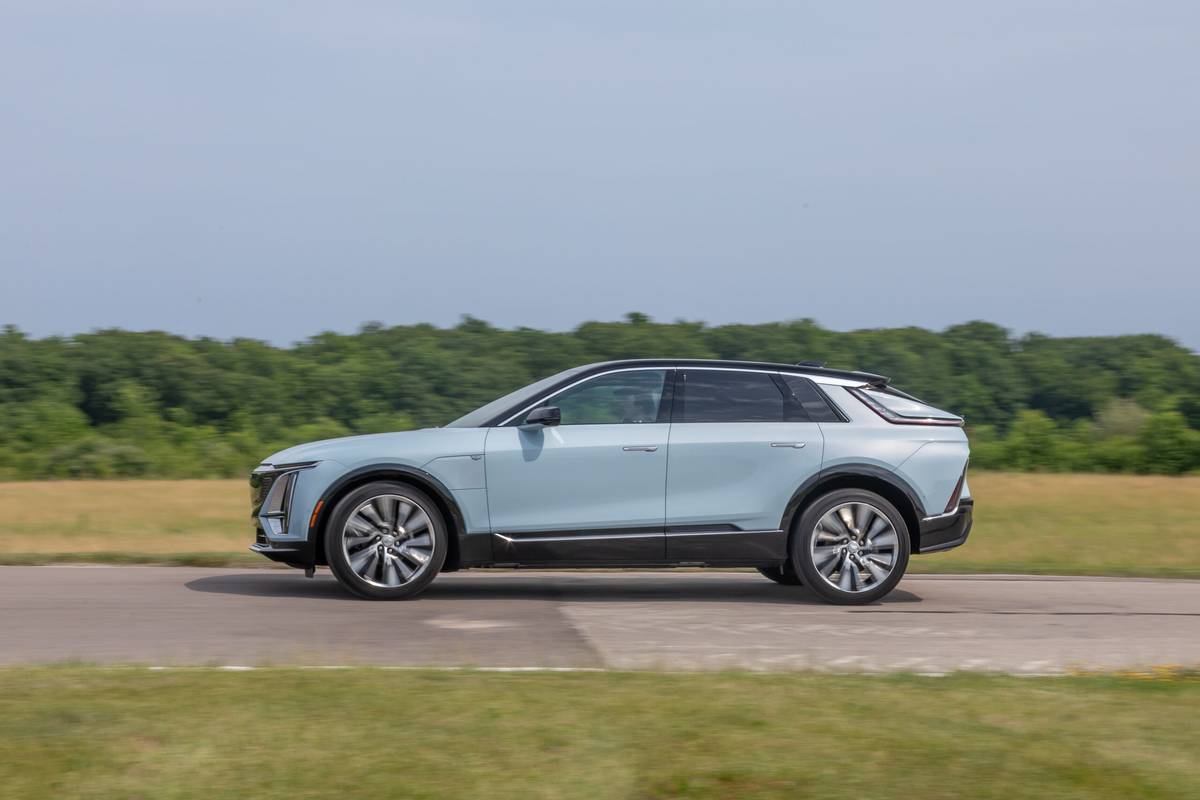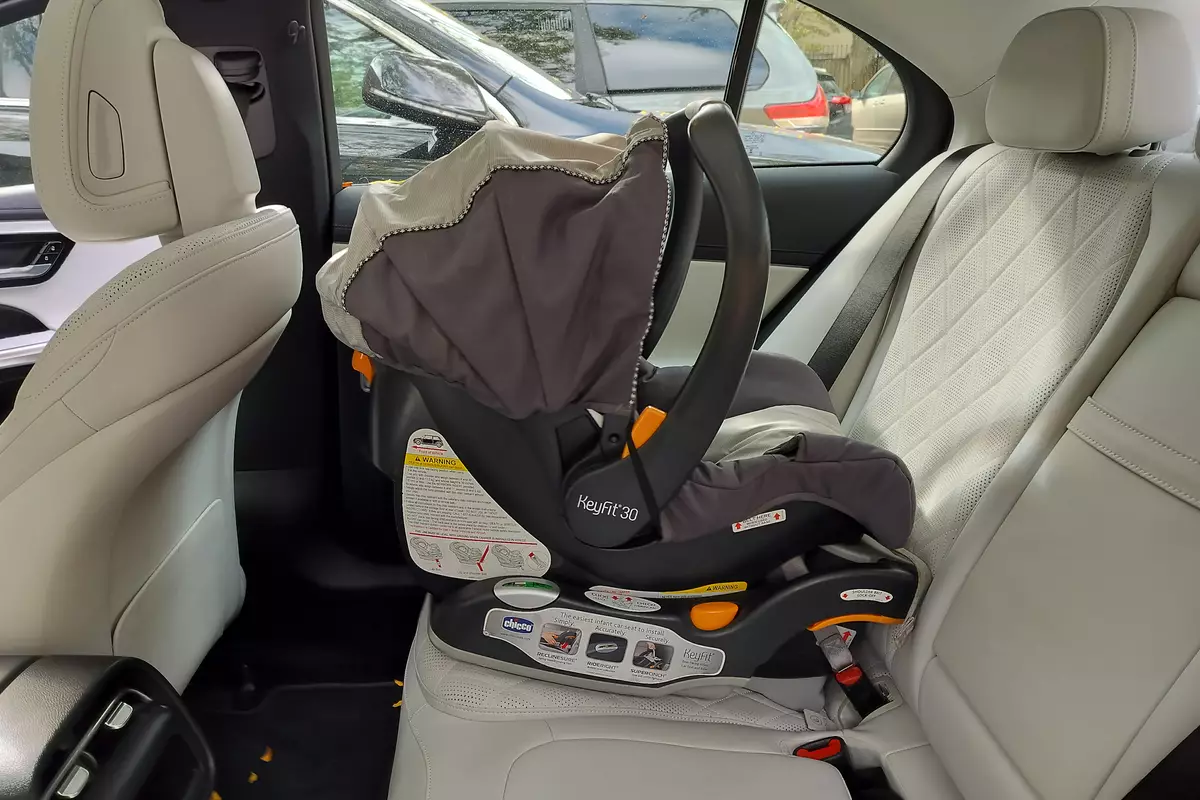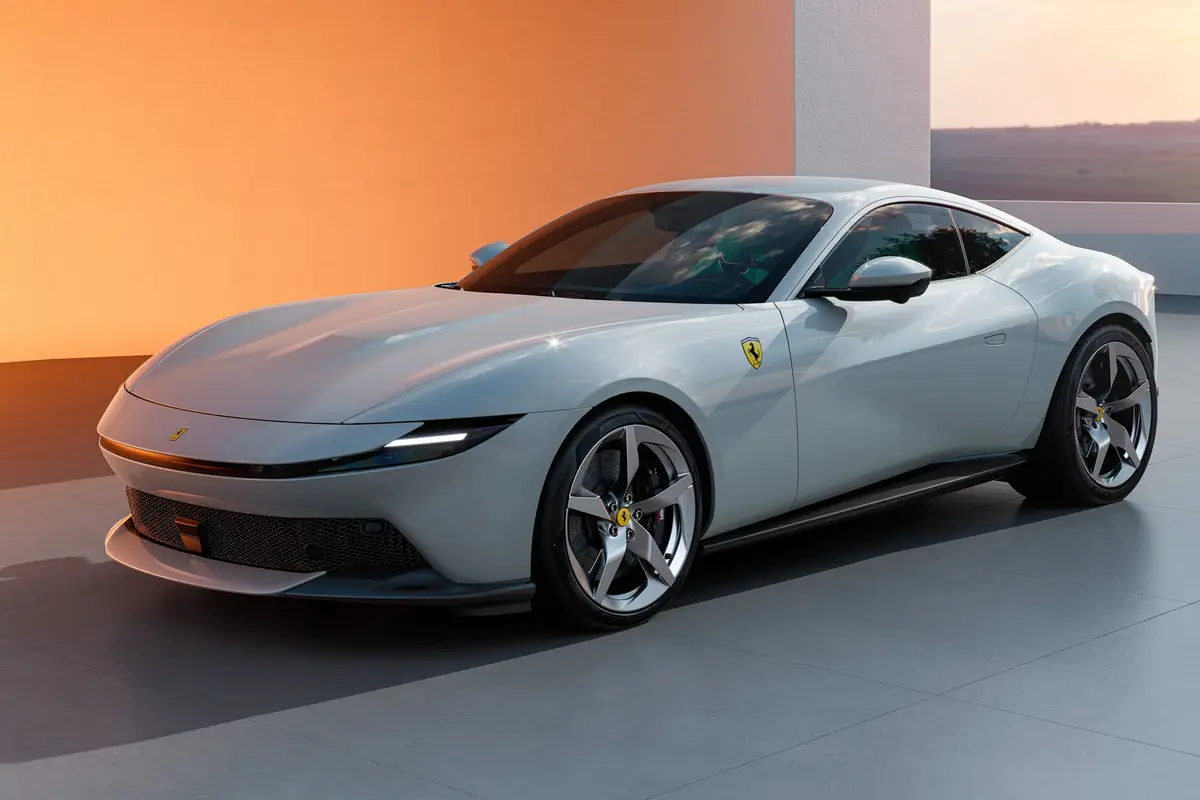chicagotribune.com's view
Twin No. 1 had packed lightly for the brief family journey. Only two suitcases. One with clothes, the other labeled “toxic” and filled with tanning ointments and assorted cosmetics guaranteed to give anyone the natural look-providing they spend eight hours in front of the mirror applying the ointments.
Dad slipped the forklift underneath the two bags and headed for the mini-van that was to haul the contents and their handlers to the sunny retreat. It was then that twin No. 1 volunteered to lend a hand. She pressed a button on the key fob and the sliding side door on the 1994 Pontiac Trans Sport mini-van opened miraculously on its own, motoring back to welcome the pair of grips that UPS refused to handle.
The bags on board, and Dad belted behind the wheel after a few sniffs of oxygen, twin No. 1 simply pressed the fob button again and the sliding side door automatically closed.
Once at the hotel, twin No. 1 simply pushed a button located along the side pillar in the back seat, a companion to the button in the key fob, and the door once again motored open on its own. After Dad had dropped the bags and himself onto the curb, twin No. 1 demonstrated her physical prowess by reaching in the front seat, pushing yet another button located in the roof console, and watching the door automatically close.
“You realize how much work this door saves,” she said, looking down at the curb, the two suitcases, and Dad.
Once the crane delivered the bags to the room we journeyed back outside to check out the wonder door, now offered on the Trans Sport and its companion GM mini-vans, the Chevy Lumina and Olds Silhouette.
A mere $295 option, the time and effort saved means the power door will pay for itself. You don’t have to pause to fumble with a key, and the magical door opened from a distance of 30 feet.
Once the family is inside, all you need do is push one of those three buttons-key fob/pillar/console-and the door closes on its own without anyone having to try to slam it shut a half-dozen times (or more, if you’re parked on an incline).
GM boasts that the door is not only convenient but safe. If the door strikes an object lodged in its pathway as it is closing, it stops and returns to the open position.
In the absence of volunteers to test the system, Dad simply sat in the doorway, pushed the fob himself and found it worked. The door struck the hip, stopped, and motored back. Several tries. Each a success.
However, the door was striking an object just a shade larger and heavier than a toddler and did proceed to move about an inch before stopping and retracting. No toddler was available to conduct a test to ensure a limb wouldn’t be snared by the door. You’ll have to do that on your own at the dealership. If the kids develop an attitude about serving as guinea pigs, a doll or stuffed animal will do.
As a safeguard, the button in the overhead console can be moved to the “off” position if you want to operate the door manually.
There’s one other safeguard. If you try opening or closing the door when the van is engaged in gear (everyone hops inside and you start to back out of a parking space, for example) there’s an instantaneous warning blare that’s so irritating that it’ll bring you to an immediate stop.
The ’94 Trans Sport was loaded with safety hardware. There was a driver’s-side air bag in the steering column, four-wheel anti-lock brakes, and hidden child restraint seats in the two outside seats in the second row.
One other safety feature, traction control, is an available option, but didn’t come on our test vehicle. It comes as part of an option package that runs from $225 to $649 depending on the type of wheels, seats, and suspension you desire. Traction control allows you to move away from the stoplight or hold steady in the corner or turn in poor weather while maintaini g road grip, just like ABS brings you to a sure, safe stop when braking on treacherous pavement. If you live in the snow belt, get the system.
The child seats, such as those offered in Chrysler mini-vans, are hidden from sight until you need them. Give the elastic pull strap on the seatback a gentle tug and out pops the child seat, complete with belts, to tie up the tyke. The built-in child restraint seats mean you don’t have to cart one of those big cumbersome padded chairs around with you. It’s also a convenient feature for Grandma and Grandpa to have in their van so they can haul the grandkids without having to store those bulky and awkward store-bought child safety seats.
At Pontiac the seats are priced at $125 for one, $225 for two. If you’ve priced decent children’s car seats lately, those prices are respectable. The convenience of being built in and hidden, so that you don’t even know they’re there, helps offset the cost.
One safety item the Trans Sport lacked was a passenger-side air bag. Looks like we’ll have to wait until 1996 for the next-generation van to enjoy the second inflatable cushion.
Our test vehicle came equipped with the optional ($819) 3.8-liter, 170 h.p. V-6 engine teamed with 4-speed automatic. If you have a small, lightweight family, you can get by with the base 3.1-liter, 120-h.p. V-6 engine that’s standard, but if you cart lots of people and luggage and groceries or live/travel in an area with lots of hills or mountains, opt instead for the 3.8.
You’ll appreciate the 3.8’s added power when moving from the light, into the passing lane, or up that incline, especially since Trans Sport tips the scales at a beefy 3,500 pounds.
The 3.8 offers two other advantages over the standard 3.1-liter V-6: It comes with a 4-speed automatic while the 3.1 is saddled with a 3-speed automatic, and the mileage rating is actually better at 17 m.p.g. city/25 m.p.g. highwayto the 3.1’s 18 m.p.g. city but only 23 m.p.g. highway.
Ride and handling are decent and very car-like. It helps to get the optional 15-inch touring tires, a $35 investment in increased road-holding ability.
Our vehicle came in the seven-passenger seating configuration, 2-3-2. Entry to the rear is fairly easy since the seat located just inside the sliding side door folds and tilts forward to allow access to the third row of seats.
The 2-3-2 seating scheme holds the most people, but the least amount of luggage. The cargo hold allows only a few bags behind that third seat. If passengers are limited to five, the two rear seatbacks can be folded flat or simply removed to provide ample hauling space for suitcases, golf clubs or groceries.
One feature we didn’t like about the Trans Sport was the optional tinted rear and side windows. While they help reduce the load on the air conditioner in warm climates, they turn the interior so dark that it pose s a problem after dusk. The simple act of backing out of a parking space becomes a delicate chore when deeply tinted windows block out or dim surrounding lights. Maybe that’s why GM offers a pliable plastic no-rust, minor-dent resistant body on the Trans Sport.
You’ll have to judge for your own whether the privacy and cooling effect of tinted windows justifies the need to be extra alert after dusk. But don’t order a van with tinted glass without first driving one so equipped.
For the 1994 model year there’s some major changes on the Trans Sport in addition to the driver’s-side air bag and the availability of traction control, power sliding door and child safety seats. The most noticeable is a stubbier front end to eliminate the vehicle’s ski-slope nose. It was that elongated hood design that initially turned people off GM vans and into Chrysler dealers for the more stylish and shapely Dodge Caravan and Plymouth Voyager. You’ll see less of the elongat d snout in the ’96 van models from Pontiac, Chevy and Olds.
While the styling treatment works on the outside, you still have a massive dash on the inside. Pontiac tried to camouflage the size of the dash top by dividing it into two layers for 1994. Still, leave a map on the dash top and let it slip all the way forward to the windshield and you’ll need to send out a search party to recover it.
Other changes include the addition of fog lamps, radio/temperature controls in the steering wheel, automatic power door locks, and a rear molded in-step pad for the rear cargo hold that provides a resting place for luggage or groceries while you load. You also can get a cargo net to hold the bags in place in back. We found the net a nuisance that tangles with luggage or shopping bags.
Other standard equipment includes power brakes and steering, rear window washer/wiper, side window defoggers, floor mats, AM/FM stereo with clock and stainless steel exhaust. The SE we tested added leather seats at $870, air conditioning with front and rear controls at $450, cast aluminum wheels at $275, a radio upgrade to AM/FM stereo with cassette at $315 and an option grouping with electronic-controlled air conditioning, tilt steering wheel, dual power mirrors, cruise control, power door locks/windows/driver’s seat, deep-tinted glass, remote keyless entry, and rear cargo net at $3,633.
With a $700 discount on options the vehicle stickered for $23,586. Add a $530 freight charge.
Latest news



